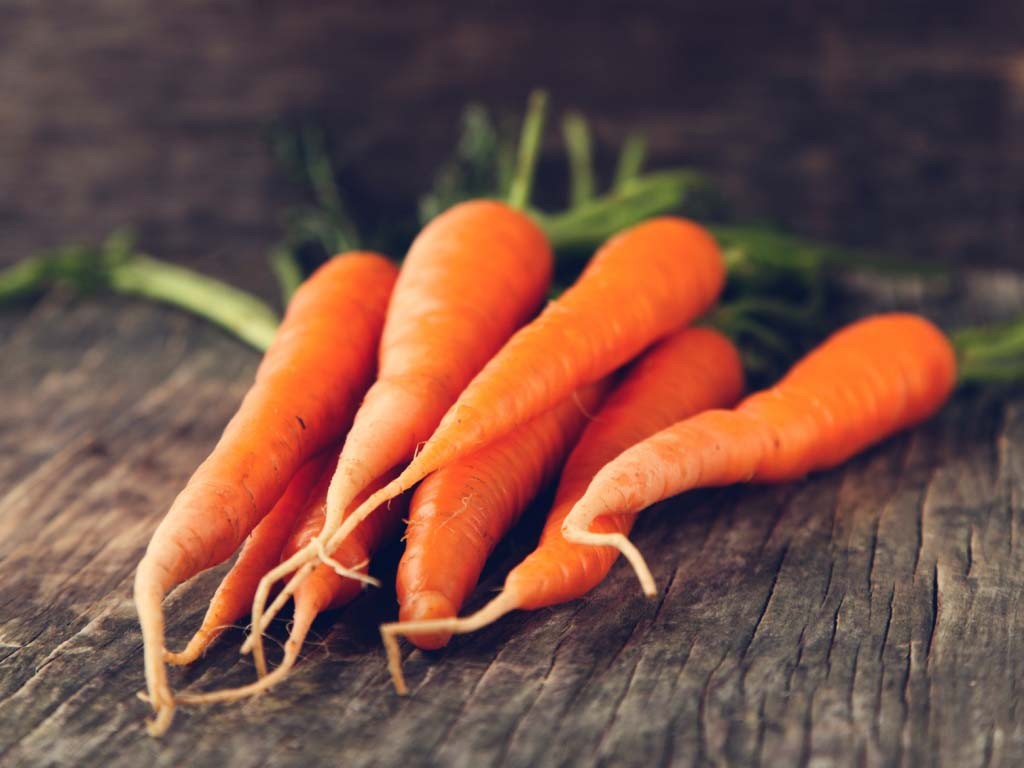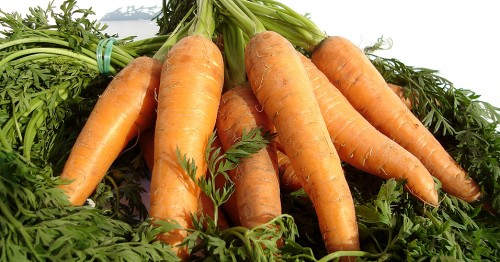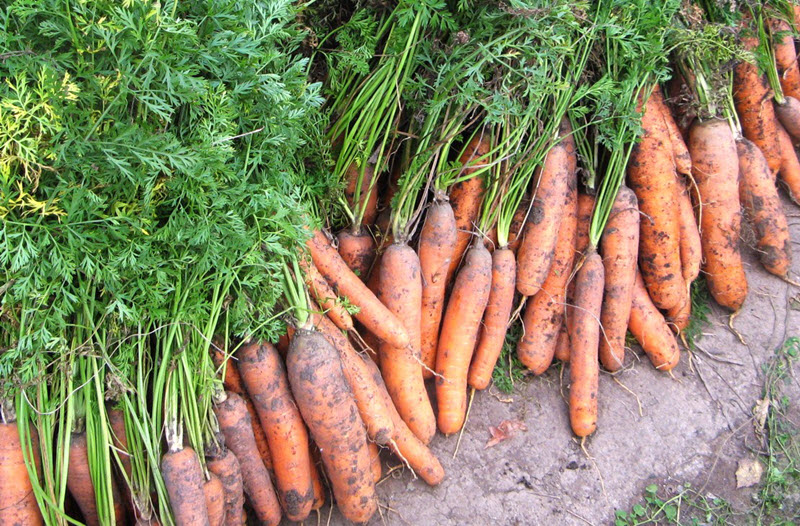Recommendations for harvesting and storing carrots
Content
How to clean
First of all, you need to figure out the timing of the harvest. Each variety has its own characteristics, but mid-season and mid-late versions are more suitable for long-term storage. Therefore, harvesting must be planned for September - mid-October, but in any case before the onset of frost. Until that time, the vegetable will pick up the desired sweetness and form a dense rind.
If the carrots are beaten with frost, you should not rely on good keeping quality. The most important indicator of ripeness is the state of the tops. If the leaves begin to turn yellow and wither, then it's time to dig up the roots. The weather plays a special role. It is important that for 1-2 weeks before the planned harvest there is no rain and the soil is sufficiently dry. It is clear that additional watering is also out of the question. Otherwise, carrots can quickly rot.
Carrot harvesting itself does not require special knowledge and skills. For convenience, use a garden fork or bayonet shovel. Use them carefully, only slightly undermining the root vegetable so as not to damage it. Pulling carrots out of dry soil by hand is not recommended. At this time, the tops are no longer so strong and there is a high probability that the leaves will remain in your hands, and the root crop is very high in the ground.
After harvesting, the entire crop is carefully sorted out and spoiled vegetables are thrown away. Then it is necessary to remove the remaining leaves. The stems are cut at the very root crop. Peeled carrots are dried for several hours in a shaded and well-ventilated place. To do this, spread the carrots in an even thin layer on a burlap or oilcloth. You don't need to put carrots on the ground.
If you are growing this crop on an industrial scale, then you need a carrot harvester. There are two types of them. The first option is a top-lifting machine. She grabs the vegetable by the tops, so the stems do not need to be removed beforehand. The only thing that needs to be taken care of is to remove the weeds. Otherwise, the automated technique can go astray from the course of the garden bed.
Conventional harvesters can only work in areas where the tops have been mowed. For short-fruited varieties that go for industrial processing, they use potato harvesters with dripping nozzles. The productivity of such combines is higher, but at the same time root crops are damaged. Carrots after such harvesting are not suitable for long-term storage.
Video “How to store it correctly”
Proper storage
Carrots tolerate winter storage well if appropriate conditions are created for them. First of all, it is necessary to prepare a suitable room for the harvest. This culture loves cool and damp cellars. To prevent root crops from being attacked by fungi and bacteria, it is necessary to disinfect the room and storage containers with copper sulfate or lime. The temperature should not exceed + 10 ° С, and the air humidity should be at the level of 95%.
Carrots are stored in open plastic bags, wooden or plastic boxes, cardboard boxes, and in bulk.At the same time, there are several effective tricks that will help keep the harvest in its original form until spring. It is very popular to sprinkle carrot layers with different materials, for example, sand. To do this, prepare a box and pour a layer of wet loamy sand on its bottom. Put the carrots on top so that the individual roots do not touch and pour the sand again. Repeat the manipulations to the very top of the box.
In the same way, you can alternate root crops with dry sawdust, peat, onion peels. A great way to store carrots is in clay. Prepare a slurry and dip the roots into it. As a result, an additional protective shell will be obtained on top of the peel.
If you decide to put the carrots in plastic bags, leave them open so that excess condensation does not accumulate inside. Also keep an eye on your nearest neighbors. Do not place crops next to apples. Remember to carry out preventive checks, especially when storing in bulk. It is important to throw away rotten vegetables on time, otherwise they will start to spoil the healthy roots around.
Video "How to store carrots"
You will learn how to properly store carrots from this video, which describes various secrets and techniques.



